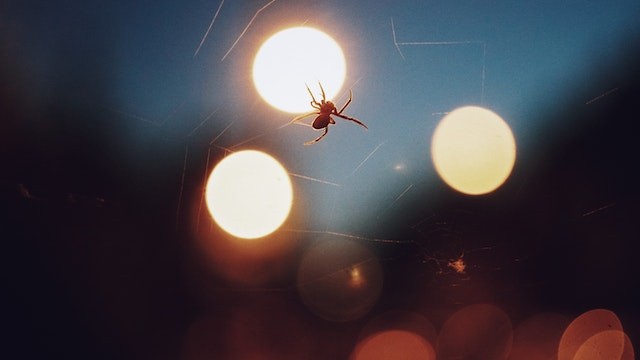
Flying insects are drawn to light, prompting some to believe they are attracted to it. However, according to a new study, that's not the case.
Why Are Insects Drawn to Lights?
Scientists have figured out why insects are so keen on light, but it's not because they're attracted to the light source, Newsweek reported.
Insects don't fly to lights from a distance because they are attracted to them; instead, they appear to change course toward a light if they happen to be passing by due to a strange innate biological response, claims a pre-print paper titled "Why flying insects gather at artificial light" on the bioRxiv preprint server.
Lead author Samuel Fabian, a postdoctoral research associate at Imperial College London, said their findings show that artificial lighting may merely attract passing insects rather than luring them in from a distance.
The researchers revealed how they examined the flight paths of different insect species to learn more about their dorsal light response (DLR). According to scientists, the majority of flying insects exhibit some variation of the dorsal-light-response (DLR), a behavior that keeps their dorsal (top) side facing the brightest visual region.
Since the moon or sun is typically more or less directly above them, this DLR enables the insects to determine which direction is up, allowing them to maintain proper flying attitude and control.
How Does the Dorsal Light Response (DLR) Influence Flying Insects?
The researchers discovered that this DLR makes artificial light so alluring to insects-not because they fly directly toward it, but because they are attempting to keep it above them.
Insects do not go directly in the direction of the light, despite the expectation of attraction. Instead, the researchers found they turned their dorsum toward the light, producing flight bouts perpendicular to the source.
ALSO READ: Seafood Fraud: Meat From Threatened Shark Is Being Served in Fish and Chip Shops Across Australia
They discovered that insects fly orthogonally to a light source at close ranges rather than directly toward it. It causes the light's position on the insects to fluctuate as they move, resulting in chaotic flight trajectories. This can cause them to act like insects when transfixed by light and partially stuck.
However, the highly preserved dorsal-light response can result in constant steering around artificial sources and imprisoning an insect. The most likely explanation for why flying insects congregate at artificial lights is supported by their guidance model, which shows that this dorsal tilting is sufficient to produce the seemingly chaotic flight trajectories of insects near lights.
One previous rationale explaining why insects appear to be drawn to light-that it is some escape response-is refuted by the fact that the insects aren't flying directly toward the light. Another theory claimed that the heat from light bulbs attracted insects to artificial lighting. However, the authors debunked this idea by employing LED lighting, which releases very little infrared heat radiation but still attracts many insects.
The data imply that this localized light entrapment of insects is caused by an impairment of attitude control rather than navigation, the authors wrote.
They hoped their study would convince the construction industry to stop using lights that attract insects.
RELATED ARTICLE : Ghost, Horn Shark With Stripes, and Spiny Fins Adds to the List of Newly Discovered Shark Species [LOOK]
Check out more news and information on Animals in Science Times.










